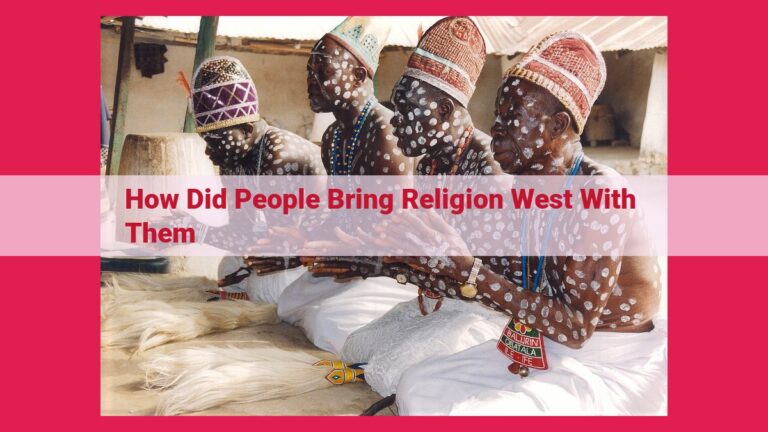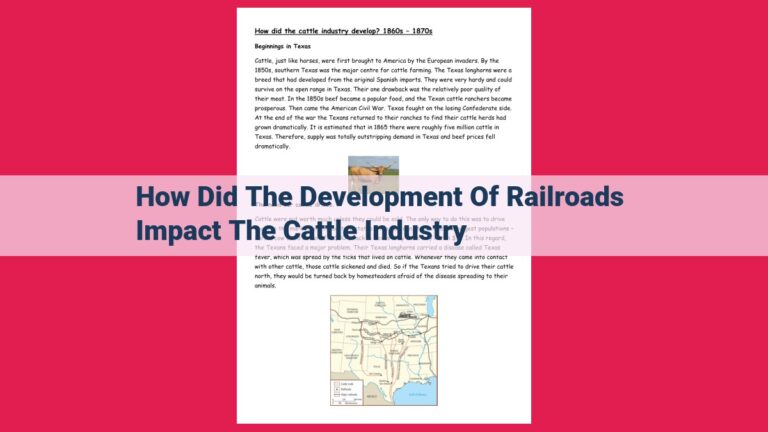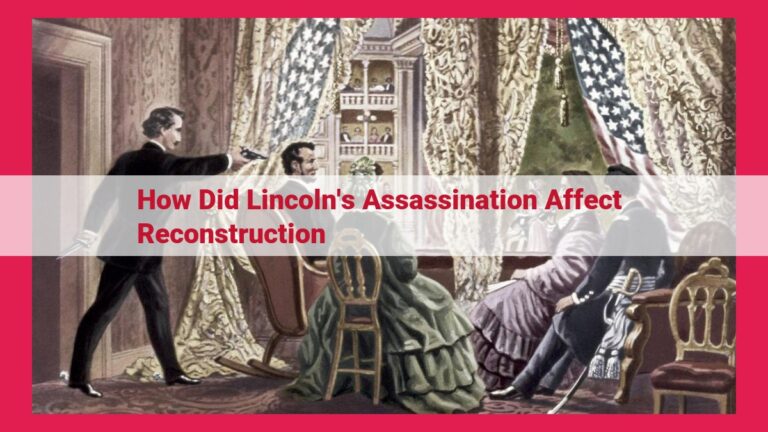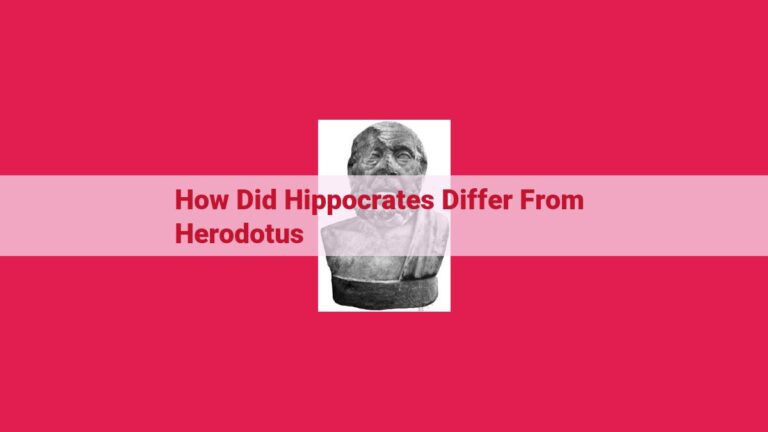Nationalism’s Impact On Latin America: Revolutions, Independence, And Cultural Identity
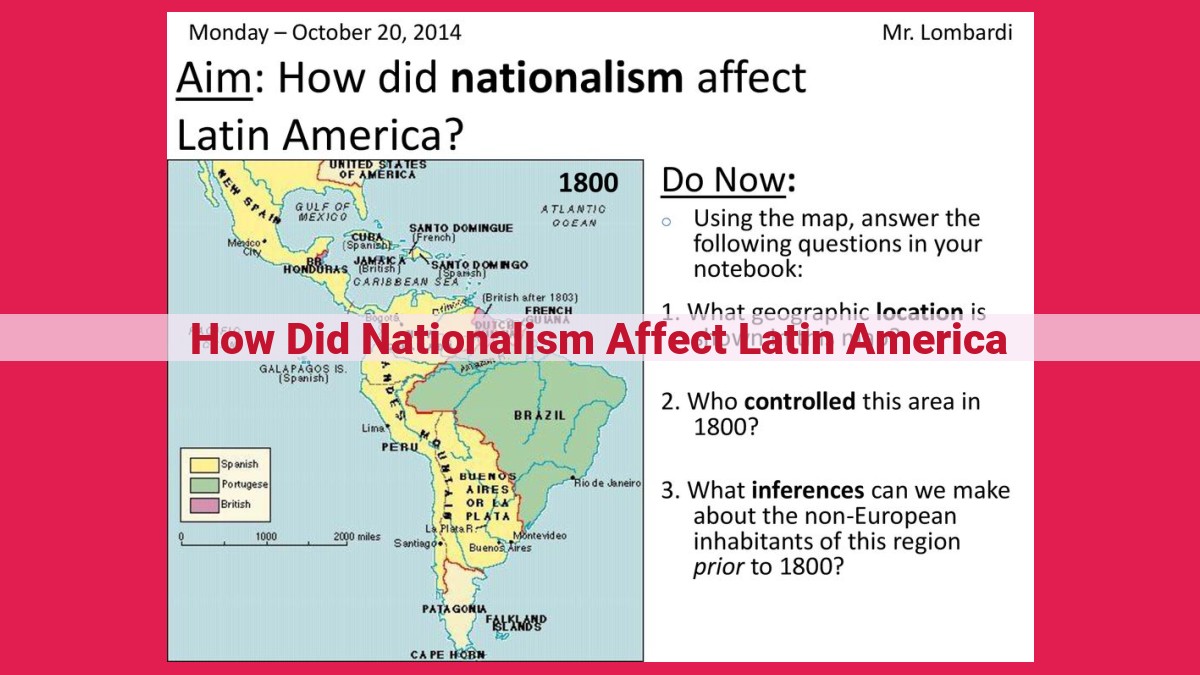
Nationalism ignited a surge of revolutions and civil wars in Latin America, fostering political upheaval and economic instability. It sparked pride in indigenous cultures, challenging imperialist dominance and fueling wars of independence as battles for cultural liberation. Notable figures like Simón Bolívar, José de San Martín, and Miguel Hidalgo y Costilla spearheaded nationalist movements, contributing to the region’s independence and shaping its cultural identity.
Nationalism’s Impact on Latin America’s Political Upheaval and Revolution
Latin America’s journey towards independence and nationhood was marked by a wave of revolutions and civil wars throughout the 19th century. These uprisings were fueled by a potent combination of nationalism and political grievances, leaving an indelible mark on the region’s political landscape.
Causes of Revolutions:
The seeds of revolution were sown during centuries of colonial rule, which fostered a deep sense of oppression and inequality. Economic exploitation, cultural suppression, and the lack of political autonomy sparked resentment among the Creole elite and common people alike. Nationalist sentiments, emphasizing local identity and aspirations, fanned the flames of discontent.
Consequences of Revolutions:
The revolutions that erupted across Latin America had far-reaching consequences. Wars of independence brought about the overthrow of colonial rule, establishing new nation-states. However, these young republics faced a myriad of challenges, including political instability, economic turmoil, and the need to forge a cohesive national identity.
Role of Nationalism:
Nationalism played a pivotal role in inspiring the uprisings that transformed Latin America. It ignited a sense of collective purpose and pride, uniting diverse populations against common adversaries. Nationalist leaders invoked the ideals of self-determination, freedom, and cultural heritage to rally support for their cause.
The revolutions and civil wars of Latin America during the 19th century were deeply intertwined with the rise of nationalism. These uprisings not only reshaped the political map of the continent but also laid the foundation for the formation of modern Latin American nation-states. The enduring legacy of these revolutions continues to shape Latin America’s political and cultural landscape today.
Economic Instability and Dependency in Postcolonial Latin America
Economic Challenges After Colonialism
After centuries of colonial rule, Latin America found itself grappling with significant economic challenges. The extractive economies imposed by European powers had stifled local industries and left the region dependent on raw material exports. This dependence on a narrow range of commodities made countries vulnerable to fluctuations in global markets, such as the collapse of coffee prices in the late 19th century.
Dependency Theory Critique
Dependency theory, a critique developed by Latin American economists, argued that the relationship between developed and developing nations was inherently unequal. It suggested that the economic structures inherited from colonialism forced Latin American countries to remain subordinate suppliers of raw materials to the industrialized countries of Europe and North America. This dependency inhibited their ability to develop their own diversified economies and reduced their earning potential.
Economic Policies and Dependency
In the aftermath of independence, many Latin American countries adopted import-substitution policies to foster domestic industries and reduce dependence on foreign imports. However, these policies often resulted in high-cost, inefficient industries that were heavily subsidized by the government. This created a cycle of chronic deficits, inflation, and a dependence on foreign loans to finance imports.
Consequences of Economic Instability
The economic instability and dependency experienced by Latin America had far-reaching consequences. It led to social inequality, political instability, and hindered the region’s economic development. The search for economic autonomy and social justice became a driving force behind nationalist movements and revolutionary uprisings throughout the 19th century.
Cultural Resurgence and Identity
- Explore the role of nationalism in promoting pride in indigenous cultures and traditions in Latin America.
- Discuss how nationalist movements drew on anti-imperialist sentiment.
- Explain how wars of independence were seen as battles for cultural liberation.
Cultural Resurgence and Identity
Nationalism ignited a powerful surge of cultural pride in Latin America during the 19th century. Inspired by anti-imperialist sentiment, nationalist movements celebrated indigenous cultures and traditions. The wars of independence became more than just political battles; they were seen as wars for cultural liberation.
Latin American leaders recognized the importance of cultural revival in fostering national unity. Simón Bolívar encouraged the preservation of indigenous languages and customs in Gran Colombia. He believed that a strong national identity rooted in local culture was essential for a successful and independent nation.
José de San Martín led the liberation of Argentina with a deep appreciation for the country’s unique indigenous heritage. His iconic Crossing of the Andes showcased the courage and resilience of the Argentine people, etching their cultural identity into the annals of history.
Similarly, Miguel Hidalgo y Costilla ignited the Mexican War of Independence with his famous Grito de Dolores, a call to arms inspired by indigenous grievances and a desire to reclaim cultural autonomy. The war’s success became a symbol of the power of cultural nationalism, influencing other Latin American independence movements.
By promoting pride in indigenous cultures and traditions, nationalism became an integral part of the Latin American identity. It helped to shape a distinct cultural landscape that celebrated the region’s diverse heritage and inspired generations to come.
Simón Bolívar and the Dream of Gran Colombia: A Nationalist Vision
Simón Bolívar, a visionary and charismatic leader, played a pivotal role in shaping the destiny of South America. Driven by a profound nationalist fervor, he led the liberation struggles against Spanish rule, inspiring nations to rise up and embrace their independence.
Bolívar’s ambition extended beyond mere freedom. He envisioned a unified South America, Gran Colombia, a grand confederation that would unite the newly liberated nations under a common banner. This vision was fueled by a belief in the shared destiny of Latin America and a desire to create a powerful force on the world stage.
Gran Colombia became a symbol of pan-American unity. It encompassed modern-day Venezuela, Colombia, Panama, and Ecuador, representing the aspirations of a continent yearning for self-determination. Under Bolívar’s leadership, Gran Colombia aimed to foster economic and political cooperation among its member states, creating a powerful and influential entity.
José de San Martín and Argentine Independence
- Describe the iconic Crossing of the Andes led by San Martín.
- Explain the importance of the Argentine War of Independence as a triumph of nationalist aspirations.
The Liberator of Argentina: José de San Martín
In the tapestry of Latin American independence, José de San Martín stands as a towering figure, his name synonymous with Argentine sovereignty. His unwavering determination and military brilliance guided his nation toward a triumphant escape from colonial rule.
Martín’s epic Crossing of the Andes ranks among history’s most daring military feats. With 5,700 men, he traversed the treacherous Andean peaks, facing subzero temperatures, unforgiving terrain, and the ever-present threat of starvation. Yet, this perilous expedition paved the way for his decisive victory at the Battle of Chacabuco, liberating Chile from Spanish control.
The Argentine War of Independence culminated in the crucial Battle of Maipú. Martín’s tactical genius and the unwavering spirit of his troops shattered Spanish resistance, securing Argentina’s independence once and for all. This triumph not only marked the end of colonial rule but also sowed the seeds of national pride and self-governance.
Martín’s influence extended beyond Argentine borders. His victories inspired other Latin American nations to rise up against Spanish tyranny. The spirit of nationalism and the quest for self-determination surged throughout the region, igniting a chain reaction of independence movements.
As the liberator of Argentina, José de San Martín etched his name into the annals of history. His unwavering dedication to national aspirations and his audacious military maneuvers transformed Argentina’s destiny, paving the way for a prosperous and self-governing nation.
Miguel Hidalgo y Costilla and the Cry for Mexican Independence
Hidalgo’s Grito de Dolores: A Call to National Revolution
Amidst the oppressive colonial rule of Spain, a spark of revolution ignited in the heart of Miguel Hidalgo y Costilla, a parish priest from the town of Dolores. On September 16, 1810, as the masses gathered for the morning congregation, Hidalgo uttered words that would forever resonate in the annals of Mexican history. His impassioned Grito de Dolores (“Cry of Dolores”) was a clarion call to arms, a defiant declaration against Spanish tyranny.
Influence on Other Latin American Uprisings
Hidalgo’s daring act struck a chord far beyond the borders of Mexico. His words and actions inspired countless others to rise up against their colonial masters throughout Latin America. The Mexican War of Independence became a beacon of hope, a symbol of the indomitable spirit of a people yearning for freedom. The seeds of revolution that Hidalgo sowed would eventually blossom into the liberation of multiple Latin American nations.
The Mexican War of Independence had a profound impact on the course of Latin American history. It demonstrated the power of nationalism as a force for social and political change. Hidalgo’s legacy as a courageous visionary who dared to challenge the status quo continues to inspire generations of revolutionaries and freedom fighters to this day.
